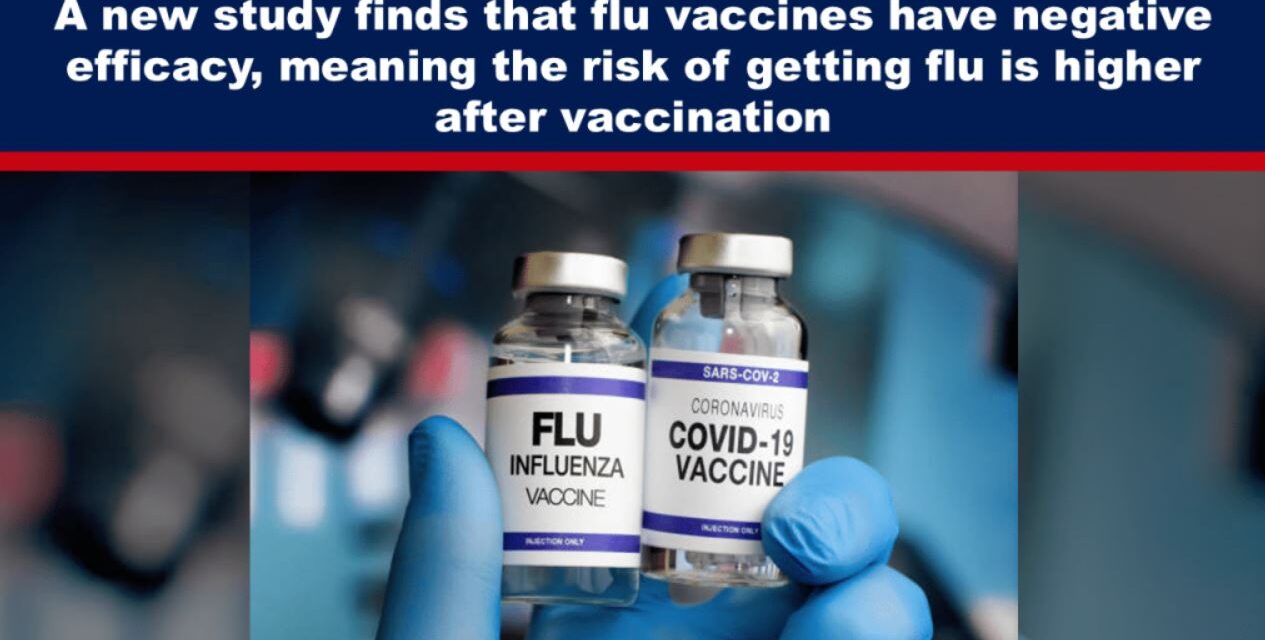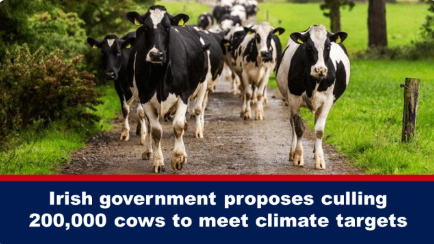In 2022, a Cleveland Clinic study found that the risk of covid infection increased with the number of covid vaccine doses received, a phenomenon known as negative efficacy.
Another study published earlier this month by the same researchers found that influenza-vaccinated people had a 26.9% increased risk of testing positive for influenza compared to unvaccinated people.
Experts, including Dr. Meryl Nass, suggest that the results are not surprising due to the lack of efficacy testing for flu vaccines before they are used on the public.
Another Cleveland Clinic Study Exposes More False Narratives on Vaccine Efficacy
By Miss Information as published by New Zealand Doctors Speaking Out With Science (“NZDSOS”)
Based in Ohio, USA, Cleveland Clinic is considered a leader in clinical research, education and care. With tens of thousands of employees, they are uniquely placed to investigate outcomes of staff vaccination policy including covid and influenza vaccine mandates.
In 2022, Cleveland Clinic researchers led by Dr. Nabin Shrestha and Dr. Steven Gordon at the Department of Infectious Diseases followed over 51,000 employees. They found that the proportional risk for covid infection increased with the number of covid vaccine doses an individual received.

This is known as negative efficacy and can be due to a multitude of factors, including but not limited to:
- the fact that RNA viruses (including coronaviruses and influenza) mutate rapidly, rendering vaccines targeting prior strains useless. This is known as immune imprinting, or “original antigenic sin”;
- immune suppression caused by persistence of circulating covid vaccine-induced spike protein can increase the risk of infection as well as other immune-related disorders;
- repeated exposure to vaccine-induced spike protein can result in antibodies switching from protective IgG1, IgG2 and IgG3, to the less protective and immune-suppressing IgG4 class, which is also associated with other risks.
Influenza is also an RNA virus, but with haemagglutinin (“HA”) and neuraminidase (“NA”) proteins on its surface, rather than the spike proteins present on coronaviruses. As with the spike protein, HA and NA proteins mutate rapidly. This forms the theory behind annual updates to influenza vaccines as manufacturers attempt to predict evolutionary changes to the HA and NA proteins.
In a recent study, the same Cleveland Clinic researchers followed over 53,000 employees through the 2024-2025 US influenza season, which lasted for 25 weeks from 1 October 2024. The preprint of their study was published at ‘Effectiveness of the Influenza Vaccine During the 2024-2025 Respiratory Viral Season’.
Cleveland Clinic employees are mandated either to receive an annual influenza vaccine or to seek an exemption on medical or religious grounds. By the end of the study, 82.1% of the study cohort had received an influenza vaccine, and 98.7% of these received an inactivated 3-valent influenza vaccine.
A proportional hazards model was used to calculate the relative risk between vaccinated and unvaccinated people, adjusting for age, sex, clinical nursing job and location to minimise potential bias. Participants were only counted as vaccinated seven days after receiving a single dose of influenza vaccine.
The outcome for influenza-vaccinated employees by the end of the study was a statistically significant 26.9% increased risk of testing positive for influenza compared with employees who did not receive the seasonal vaccine.

It is interesting to note that of 53,402 employees, only 1,079 tested positive for influenza throughout the 25-week season, suggesting a very low overall risk of infection, at about 2%.
Whilst the study has not yet been peer-reviewed, the design has been described as rigorous, robust and transparent. Limitations to the study include the population cohort being working age and otherwise healthy (no children or elderly included); vaccine failure being specific to a single product given to most of the vaccinated cohort; and the study design not examining risk for severe illness, hospitalisation or death (which are unlikely to be observed in an otherwise healthy cohort).
Internist Dr. Meryl Nass said the results weren’t surprising. “Flu shots are not tested for efficacy before use,” she said. “They are grandfathered in, based on the license of earlier flu vaccines, with rudimentary safety testing.” As a result, “negative efficacy is possible.”
The results of this study support an array of prior literature. In 2009, it was observed that “prior receipt of 2008-09 trivalent influenza vaccine was associated with increased risk of medically attended [pandemic] pH1N1 illness during the spring-summer 2009 in Canada.” A 2013 study found that current and prior season influenza vaccination increased the risk of infection. A 2016 Cochrane systematic review showed that research did “not provide reasonable evidence to support the vaccination of healthcare workers to prevent influenza in those aged 60 years or older resident in [Long Term Care Institutions] LTCIs.“
Source: https://expose-news.com/2025/04/26/flu-vaccines-have-negative-efficacy/
Bitchute: https://www.bi,tchut,e.com/channel/YBM3rvf5ydDM/
Telegram: https://t.me/Hopegirl587
EMF Protection Products: www.ftwproject.com
QEG Clean Energy Academy: www.cleanenergyacademy.com
Forbidden Tech Book: www.forbiddentech.website













